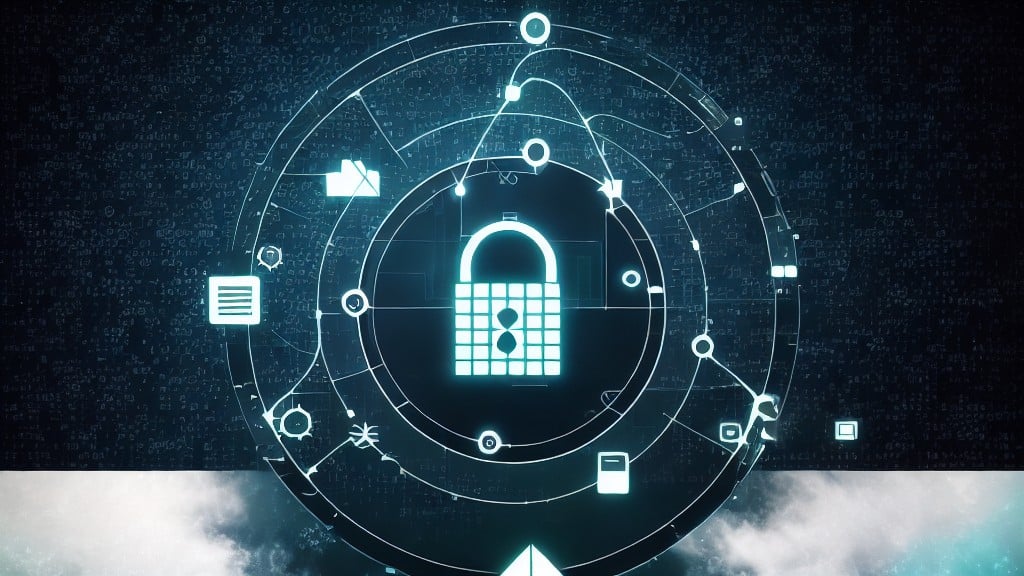So, you want to know why PC viruses can be dangerous? Well, Let’s dive right into the world of computer viruses and see what all the fuss is about.
First things first, a PC virus is like the digital version of a cold. It’s a tiny piece of software that sneaks into your computer and replicates itself, spreading to other files and programs. Not exactly the kind of visitor you’d want, right?
Now, let’s get to the nitty-gritty of why these pesky critters can be dangerous:
Damage to your files and software: Just like a nasty cold can leave you feeling weak and exhausted, a virus can wreak havoc on your computer. It can corrupt, delete, or modify your precious files and even damage your software. Ouch!
Slowing down your system: Imagine trying to get work done with a head full of fog. That’s what a virus can do to your computer, making it sluggish and slow. Ain’t nobody got time for that!
Loss of personal information: Some viruses are like sneaky little spies, stealing your sensitive data like passwords, credit card numbers, or personal photos. Talk about an invasion of privacy!
Spamming your contacts: Viruses love to spread, and one way they do this is by sending themselves to everyone in your contact list. Now, we all know that spamming your friends and family is a big no-no.
Opening the door to other threats: Once a virus has settled in, it can act like a beacon for other malware, inviting even more unwanted guests into your digital home. It’s like having a party crasher who invites all their rowdy friends over. Not cool!

So, let’s take a look at the 10 most Dangerous PC Viruses in 2023:
1. CryptoStorm virus
A ransomware virus that encrypts users’ data and demands payment in cryptocurrency for decryption, while also spreading to other connected devices through network vulnerabilities.
2. Worminator virus
A self-replicating worm that spreads through email attachments, exploiting various vulnerabilities in popular email clients and operating systems to infect as many devices as possible.
3. DataDrain virus
A data-stealing virus that specifically targets financial institutions and e-commerce platforms, exfiltrating sensitive customer information and financial data.
4. RootRipper virus
A rootkit that burrows deep into the system to gain administrative access, allowing it to stealthily install other malicious software and control the infected machine remotely.
5. IoT-Breaker virus
A malware that specifically targets Internet of Things IoT devices, taking advantage of their generally weaker security measures to infiltrate networks and launch large-scale DDoS attacks.
6. RogueGuard virus
A rogue antivirus software that poses as a legitimate security solution, tricking users into installing it before demanding payment to “fix” non-existent issues and potentially installing more malware.
7. AI-Assassin virus
A highly advanced malware that uses machine learning and artificial intelligence to adapt and evade detection from traditional antivirus software, making it harder to identify and remove.
8. KeyGhost virus
A sophisticated keylogger that records users’ keystrokes, including login credentials and other sensitive information, before transmitting the data to a remote server controlled by cybercriminals.
9. InfraScanner virus
A virus that exploits vulnerabilities in critical infrastructure systems, such as power grids or water treatment facilities, causing disruptions and potential hazards to public safety.
10. MobileMigrator virus
A cross-platform virus that targets both PCs and mobile devices, seamlessly transferring itself between platforms to infect a wider range of devices and propagate itself more effectively.
No security measure is perfect, but following these tips will greatly reduce your risk of getting viruses and other malware on your PC. Stay safe and happy computing!
Antivirus, malware, ransomware, and hacking protection for All Devices..
To protect yourself from potential threats, ensure you have up-to-date antivirus software, regularly update your operating system and applications, and practice safe browsing habits.
